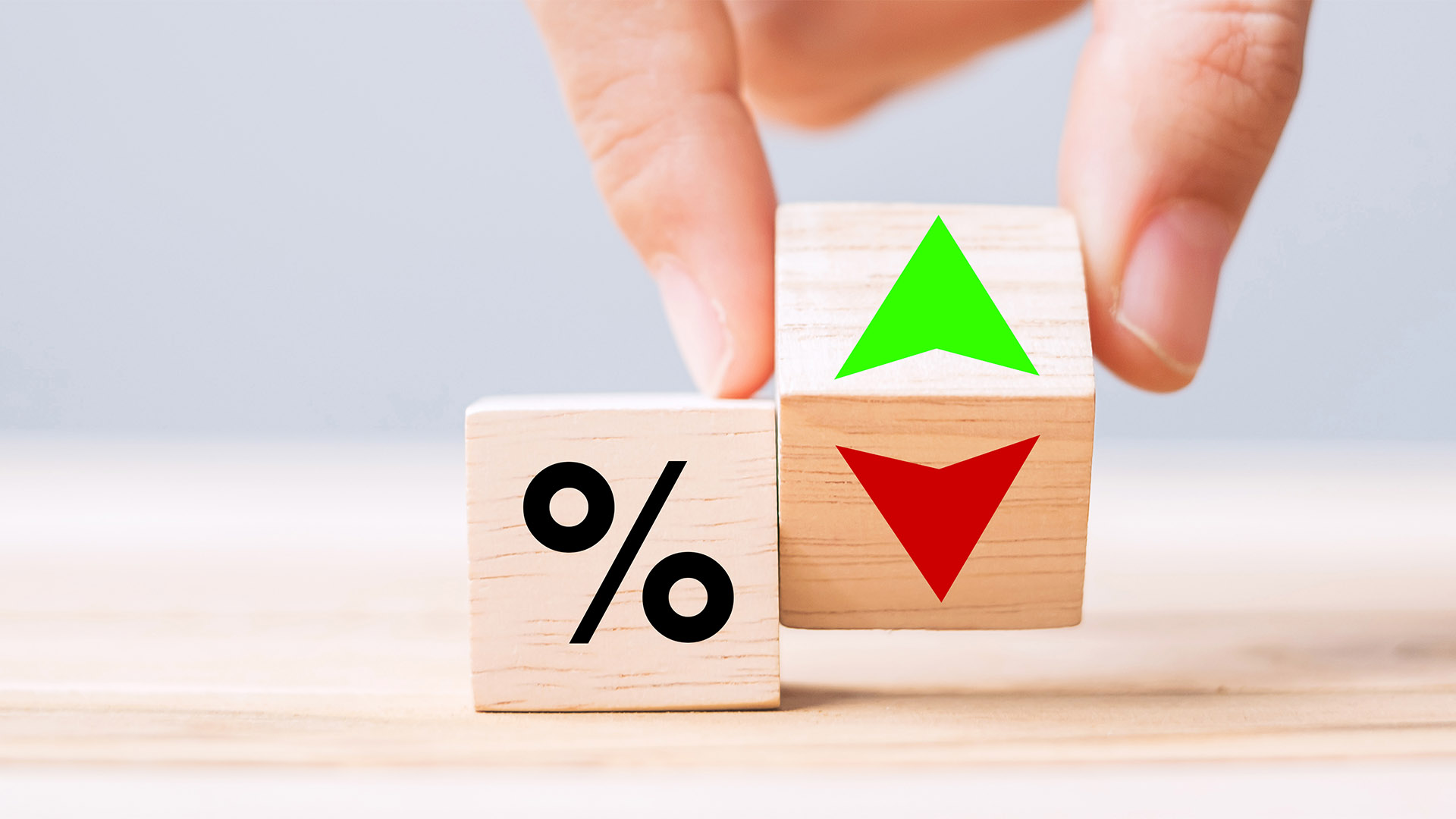Inflation rates on both sides of the Atlantic continue to cool, setting the stage for interest rate cuts by key central banks later this month.
In the United States, personal consumption expenditure (PCE) inflation met expectations in July, showing a modest rise both monthly and annually. Meanwhile, in Europe, inflation fell closer to the target of 2%, reaching its lowest level in three years.
Economists attributed the easing in Europe's annual inflation rate to a significant decline in Germany's economy, strengthening the case for a second rate cut by the European Central Bank (ECB).
The ECB is scheduled to meet on September 12th, while the U.S. Federal Reserve's Open Market Committee will convene on September 17th and 18th.
Prior to these meetings, the Bank of Canada is expected to announce its third rate cut of the year this week, potentially lowering its cash rate by 0.25% to 4.25%.
The U.S. Bureau of Economic Analysis reported on Friday that the PCE price index rose 0.2% in July compared to the previous month and was up 2.5% from a year ago. This was in line with market expectations.
Excluding volatile food and energy prices, core PCE also increased 0.2% for the month but was up 2.6% from a year ago. This 12-month figure was slightly softer than the estimated 2.7%.
Fed officials generally focus more on the core reading as a better indicator of long-term trends. Both core and headline inflation on a 12-month basis remained unchanged from June.
Core prices excluding housing, another key metric for the Fed, increased by only 0.1% in July. While other inflation components have eased, shelter prices have remained stubbornly high, rising 0.4% in July according to the report.
Elsewhere in the report, the Bureau of Economic Analysis said personal income increased 0.3%, slightly higher than the estimated 0.2%, while consumer spending rose 0.5%, in line with forecasts. Spending remained strong despite a decline in the personal savings rate to 2.9%, the lowest level since June 2022.
On a 12-month basis, goods prices were relatively unchanged, while services prices jumped 3.7%. Food prices rose 1.4%, and energy prices accelerated 1.9%.
In the eurozone, inflation dropped to a three-year low of 2.2% in August, according to an early estimate from Eurostat. This decline from July's 2.6% was in line with market forecasts, and the core rate, excluding energy, food, alcohol, and tobacco, eased to 2.8% in August from 2.9% in July.
Markets had already fully priced in a second rate cut from the ECB before the inflation report. The recent data confirms that a 0.25% rate cut is likely.
The Fed will now closely watch the August jobs data, which is due out on Friday. While the U.S. unemployment rate remains low at 4.3%, it has been trending higher over the past year, and surveys suggest a slowdown in hiring. The data is expected to show an increase of about 175,000 jobs, according to FactSet.














